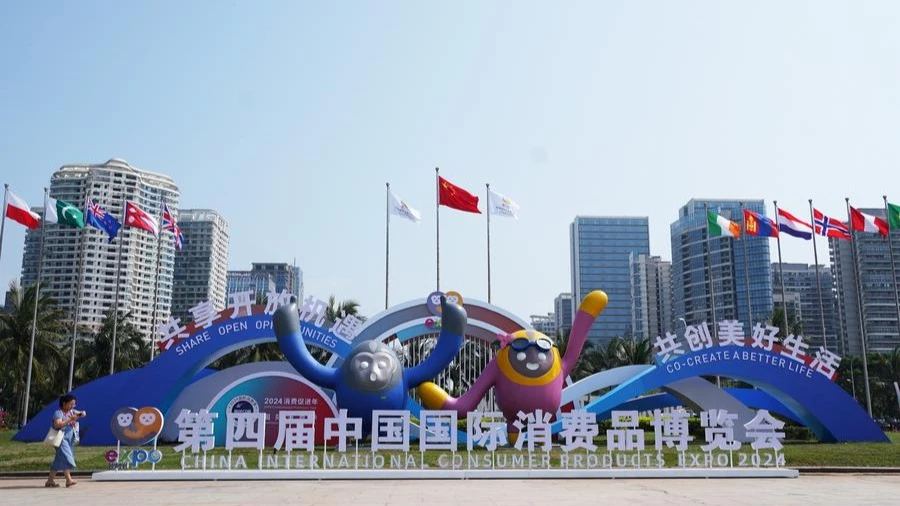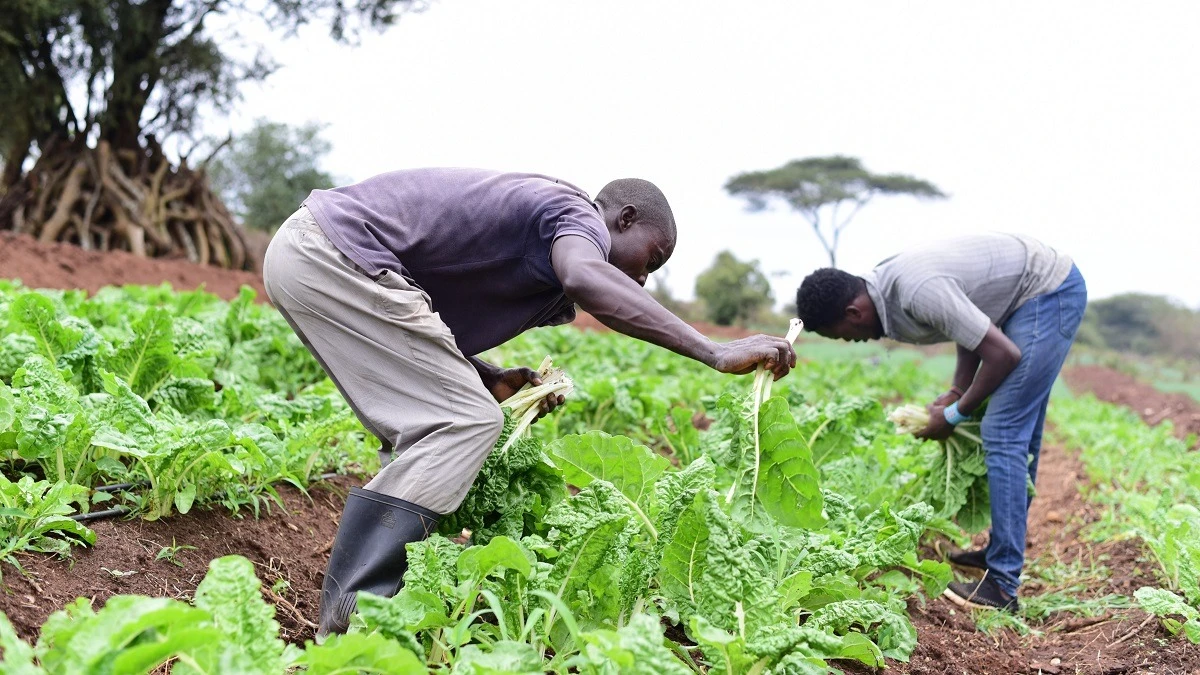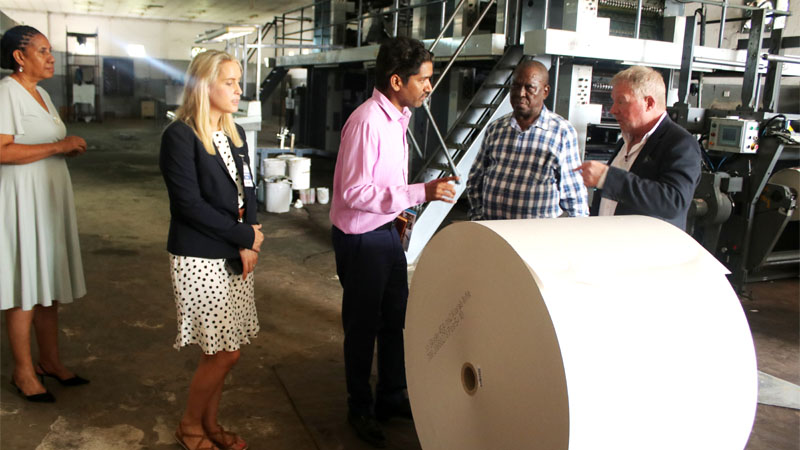China’s high-quality production capacity boosts global green development

RECENTLY, there have been voices suggesting that China faces “overcapacity” and is exporting such “overcapacity” to the outside world.
This type of statement directly points to China’s “new three” industries of new energy vehicles, lithium batteries, and photovoltaic products. Is this “overcapacity” or “overprotection”? I would like to brief our Tanzanian friends on the actual situation.
1. There is no “overcapacity” in China.
Firstly, the theory of “overcapacity” runs counter to economic laws. The amount of production capacity is determined by the market supply and demand relationship, and the balance of supply and demand is relative while the imbalance is universal. To a large extent, the global market share or export volume of a particular industry in a country is the result of countries leveraging their comparative advantages and engaging in mutually beneficial cooperation, and relevant indicators cannot be simply used as a standard to measure overcapacity.
Some countries politicize economic issues such as capacity and trade, which goes against economic laws and the general trend of globalization, exacerbates the risk of fragmentation of the world economy, and is not conducive to global prosperity, stability and development.
Secondly, there is no excess production capacity in China from the domestic supply side. In recent years, China has vigorously implemented supply-side structural reforms and resolutely reduced production capacity in industries such as steel. In 2023, the utilization rate of industrial production capacity in China has rebounded quarter by quarter, with four quarters being 74.3%, 74.5%, and 75.9%, respectively.
China is currently the world’s largest market for pure electric and hybrid vehicles, with new energy vehicles mainly supplied to the domestic market. In 2023, the production and sales of new energy vehicles in China were 9.586 million and 9.495 million respectively, of which domestic sales accounted for 87.3% and foreign exports accounted for only 12.7%.
Thirdly, there is no excess production capacity in China from the perspective of global market consumption. The current global production capacity of new energy products is far from meeting market demand. According to the International Energy Agency, the global demand for new energy vehicles will reach 45 million by 2030, 4.5 times that of 2022. Global demand for new PV installations will reach 820 GW, about four times that of 2022. The vigorous development of artificial intelligence industry in various countries also requires the basic support of new energy generation and energy storage facilities.
Fourthly, the advantages of China’s relevant industries have been formed through full market competition. After decades of development, the current competitive advantage of China’s new energy industry is rooted in the advantages of China’s ultra-large scale market, complete industrial system and rich human resources, and cannot be separated from the huge investment in R&D and innovation of enterprises and the unremitting spirit of entrepreneurs. These factors have combined to reduce costs and enhance global competitiveness.
The true intention of the so-called China’s “overcapacity” is to curb and suppress the development of China’s emerging industries. Under the guise of “overcapacity”, protectionism is being implemented to prevent China’s high-quality and affordable new energy products from entering the global market. This not only harms consumer interests, but also hinders global green transformation and the development of emerging industries.
2. China’s high-quality production capacity makes important contributions to the world.
The current global climate change situation is increasingly severe and has become a common challenge for all humanity. China is actively developing the new energy industry, conducting extensive international cooperation, and promoting global low-carbon transformation and green development. The International Energy Agency report points out that in 2023, the world’s newly installed renewable energy capacity will reach 510 million kilowatts, with China contributing more than half.
Over the past 10 years, the average KWH cost of global wind power and photovoltaic power generation projects has decreased by more than 60% and 80%, respectively, and a large part of this is attributed to China. China exports wind and photovoltaic products to more than 200 countries and regions worldwide, resulting in a total global emission reduction of 2.83 billion tons, accounting for approximately 41% of the world’s equivalent carbon reduction during the same period.
Furthermore, China has collaborated on green energy projects with over 100 countries and regions, effectively addressing the problems of difficult and expensive electricity supply in relevant countries and regions. Fatih Birol, Director of the International Energy Agency, stated that China has significantly improved the accessibility of clean energy technologies and reduced the global cost of using green technologies.
3. China’s high-quality production capacity effectively promotes cooperation between China and Tanzania.
Tanzania is rich in solar energy, wind energy and other resources, and has great potential for developing new energy. According to the National Power System Development Master Plan, by 2044, the proportion of new energy generation will reach 12% in Tanzania. During H.E. Dr. Samia Suluhu Hassan’s visit to China in 2022, the two heads of state jointly witnessed the signing of a memorandum of cooperation on green development, pointing out the direction for cooperation in new energy production capacity between the two countries.
At present, China-Tanzania new energy cooperation has taken solid steps. The first centralized ground photovoltaic power station built by the Power Construction Corporation of China in Tanzania - Shinanga 50 MW photovoltaic power station is steadily advancing, and after the completion of the project, it is expected to generate 87.5 million KWH per year, equivalent to saving 2.6 tons of standard coal and reducing carbon dioxide emissions by about 72,000 tons.
In addition, more and more Chinese companies are showing strong interest in investing in the fields of solar photovoltaic and wind energy in Tanzania, and are coming to Tanzania to explore market opportunities.
I believe that, under the guidance of the heads of state’s diplomacy, the two countries will further enhance cooperation in new energy and production capacity, promote Tanzania’s transition to a green economy, stimulate new economic growth opportunities in sustainable development, jointly tackle the challenge of climate change, and implement the goals of the UN 2030 Agenda for Sustainable Development and the Paris Agreement on Climate Change.
Chen Mingjian (pictured) is the Chinese Ambassador to Tanzania
Top Headlines
© 2024 IPPMEDIA.COM. ALL RIGHTS RESERVED





















